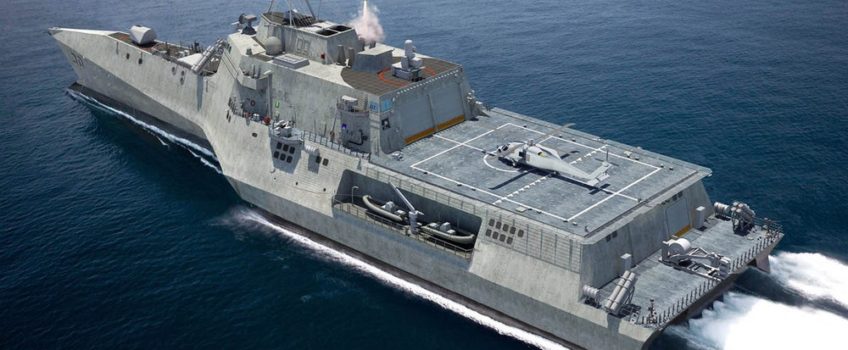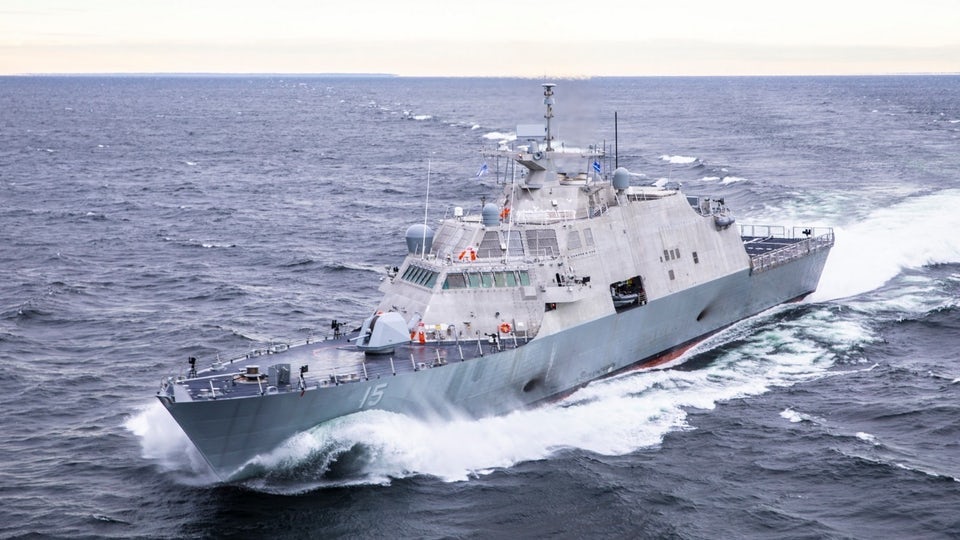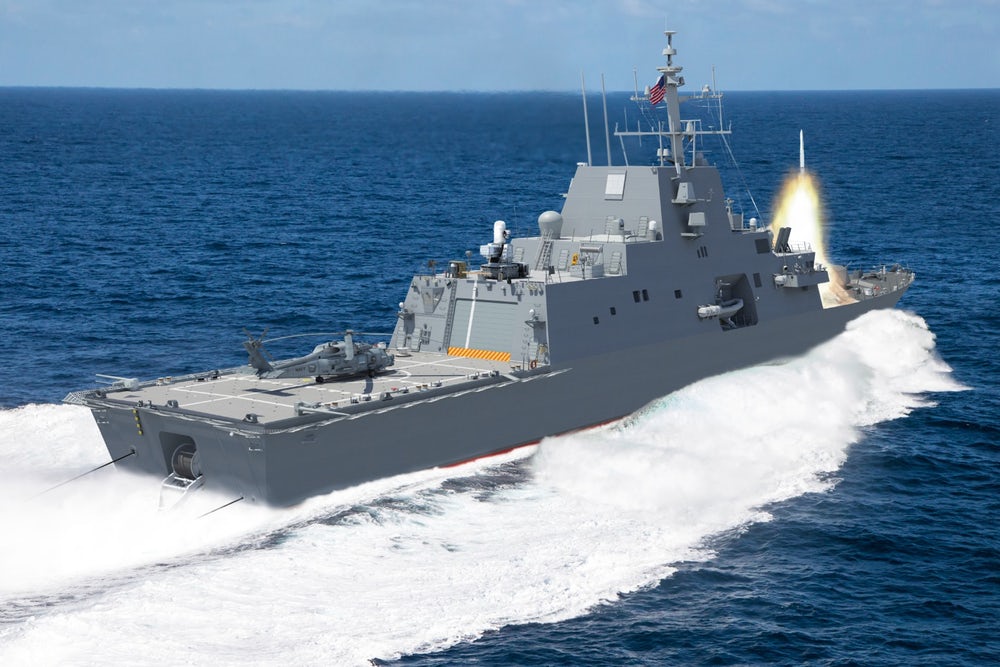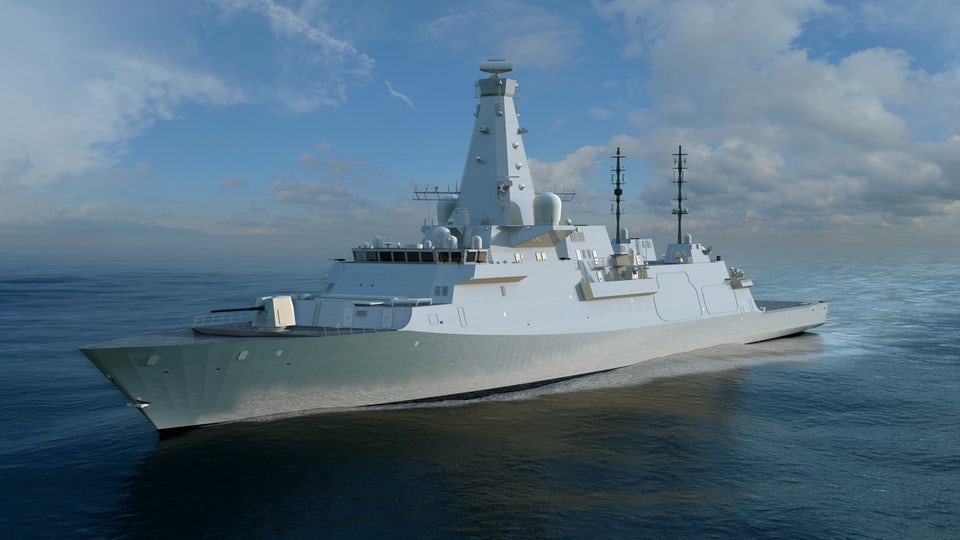
Image Credit: Austel
When we look at modern naval vessels, the larger and more glamorous ships generally take centre stage including the massive aircraft carriers and the ever-dangerous nuclear submarines. However, if it weren’t for frigates, these super ships would be unable to safely take on the open oceans.
Frigates are also called the “eyes of the fleet” and serve as multi-purposed warships. Their size is essentially in-between a smaller corvette and a larger destroyer where they act independently of the fleet and can free up larger ships in medium-threat areas.
While frigates weren’t suitable to fight with the rest of the fleet in normal battles, they were the perfect solution to long-range solo missions. This included exploration, patrols, escorts, blockades, anti-piracy and anti-slavery missions among others.
Future Naval Vessels
Modern frigates are exceptionally more capable than those from the past where a single ship can do what multiple ships could do 40 years ago. Today, gas turbine engines or hybrid propulsion systems power frigates while equipped with the latest and most advanced radar, sonar and towed arrays.
On the weapons front, frigates carry vertical launch missiles, cruise missiles, several deck guns and helicopters capable of taking out submarines and other ships using their own missiles. Considering their versatile maritime applications and the available modern technology, what will the frigates of the future look like?
Litoral Combat Ship (LCS)
Since the end of the Cold War, the US Navy placed more focus on fighting possible hostiles in littoral areas, i.e. shallow waters on the continental shelves and smaller seas (Mediterranean or the Taiwan Strait).

To that end, America invested in the Littoral Combat Ship (LCS) weighing about 3,000 tons. While it is smaller and can only house half the crew of a frigate, it has a new modular design. This enables the ship to quickly adapt for different types of missions by swapping out one module for another.
Even though it is smaller, it is also cheaper and the US Navy has commissioned several LCSs. They have a top speed of over 40 knots (74 km/h, 46 mph), relatively well-armed for its size and specially made for high-speed deployment. On the negative side, they are not designed for blue water cruising and has poor air and missile defence systems. This means it is largely restricted to low-threat environments and if they face hostiles of any substance, the Navy has to call in the more valuable destroyers and cruisers.
The Future Frigate (FFGX)
To counter that obstacle, the US Navy wants to build 20 new guided-missile frigates (FFGX) costing about US$800 million each. These will be larger than the LCS and equipped like the frigates of old but with more room for all the new technology giving it the ability to handle medium-level threats. Details of the FFGX are still limited but based on the specifications, one can expect a very well-equipped vessel.

Armament And Specifications
It will likely have 32 Mk 41 Vertical Launch System (VLS) cells that can carry a total of 128 Block II RIM-162 Evolved Sea Sparrow Missiles (ESSM). The FFGX could include the multipurpose Standard Missile 6 (SM-6), Tomahawk cruise missiles, and the RUM-139 Vertical Launched Anti-Submarine Rocket. This advanced system can launch a small homing torpedo to hit targets over 13 miles (21 km) away.
There will also be a 57mm deck gun using Advanced Low-Cost Munitions Ordnance (ALaMO) guided shells, and a SeaRAM close-in defence system. These deadly combinations are backed by a three-face fixed array Enterprise Air Surveillance Radar (EASR), a fixed sonar array and two different towed sonars.
Furthermore, the FFGX features added space and additional electrical power to accommodate a 150-kilowatt solid-state laser weapon, a flight deck and hangar for an MH-60R Sea Hawk helicopter and MQ-8C Fire Scout drone.
Type 26 Frigate
The Type 26 frigate is also known as the Global Combat Ship and the Future Surface Combatant (FSC). It was originally designed to replace the Royal Navy’s Type 23 frigates while also fulfilling the role of a multi-mission design.
Similar to the American FFGX, the Type 26 is supposed to be a high-end frigate equipped with all the latest technology while supporting a crew of 118. It weighs 6,900 tonnes, has a length of 492 ft (150 m) with gas turbine engines and four high-speed diesel generators. This drives two electric motors in a combined diesel-electric or gas (CODLOG) configuration resulting in a top speed of 26 knots (30 mph, 48 km/h) covering a range of 7,000 nautical miles (8,055 mi, 13,000 km).

Armament And Specifications
In terms of weapons systems, it is similar to the American counterpart with 48 VLS canisters holding Sea Ceptor (CAMM) air-defence missiles. It can house 24-cell Mark 41 “strike-length VLS” cells for Tomahawk missiles, anti-submarine missiles or other current and future anti-ship missiles. There are also NATO-standard BAE 5-in, 62-calibre Mark 45 deck guns along with two Phalanx CIWS anti-missile auto-fire guns.
Air support comes in the form of two AgustaWestland AW159 Wildcat or AgustaWestland Merlin helicopters and next-generation UAVs. The flight deck is also big enough for a Boeing Chinook transport helicopter making the Type 26 a formidable opponent.
Type 31e General Purpose Frigate
As with many technologically advanced systems, the Type 26 is very expensive. So much so that the first three came in at a staggering £3.7 billion (US$4.9 billion). With increasing costs and a dwindling fleet of naval vessels, the British government started a second frigate program. It was called the Type 31e which would return to the more balanced structure of the 1960s and 1970s. The Type 31e would replace the Leander, Rothesay, and Tribal class of today.
This General Purpose Frigate is a cheaper, multi-mission ship that would take on more general tasks. It would leave the more specialised missions to the Type 26. These include protecting aircraft carriers or escorting Trident submarines in and out of port in Rosyth, Scotland. The Type 31e would handle maritime security, fleet escorts, patrols in the South Atlantic, the Caribbean and the Gulf.
Currently, the plan is to build five Type 31e frigates and eight Type 26s by the mid-2030s. The intention is that the Royal Navy could expand their fleet of naval vessels using the less expensive frigate. The Type 31e essentially provides the Royal Navy’s aircraft carriers to deploy task groups capable of performing numerous missions.
Armament And Specifications
The Type 31e frigate is under contract to BAE Systems, Babcock and Atlas Elektronik UK. They are expected to enter service around 2023 at a total cost of £1.25 billion (US$1.65 billion).
Despite the more modest design, the Type 31e will still be very well-equipped. From a medium deck gun to point defense systems, a flight deck and hangar for helicopters up to 10 tonnes. In terms of total crew accommodation, there is space for up to 140 personnel.
What The Future Holds
No-one really knows what naval vessels will look like or their true capabilities but we’re in for an exciting ride. Cyber warfare is already a big talking point where advanced communication systems will play a pivotal role. Helicopters launched from ships will no longer link via radio conversations but rather act as a digital extension. The helicopter or drone will essentially become part of the frigate’s sensor and weapons system and vice versa.
New frigate designs are already considering the energy needs of laser weapons and rail guns ultimately replacing gunpowder with electromagnets. Then we get to the question of smart munitions, self-guiding shells and networked missiles along with flying and floating drones. With Artificial Intelligence, Machine Learning, Augmented and Virtual Reality, future warships may not even need crew members onboard.
Find us Twitter, Facebook, YouTube and LinkedIn or follow our weekly blog posts for updates on all the latest in engineering, manufacturing and technology developments from around the world.
This site uses Akismet to reduce spam. Learn how your comment data is processed.


 Mail:
Mail: 




Leave a Comments